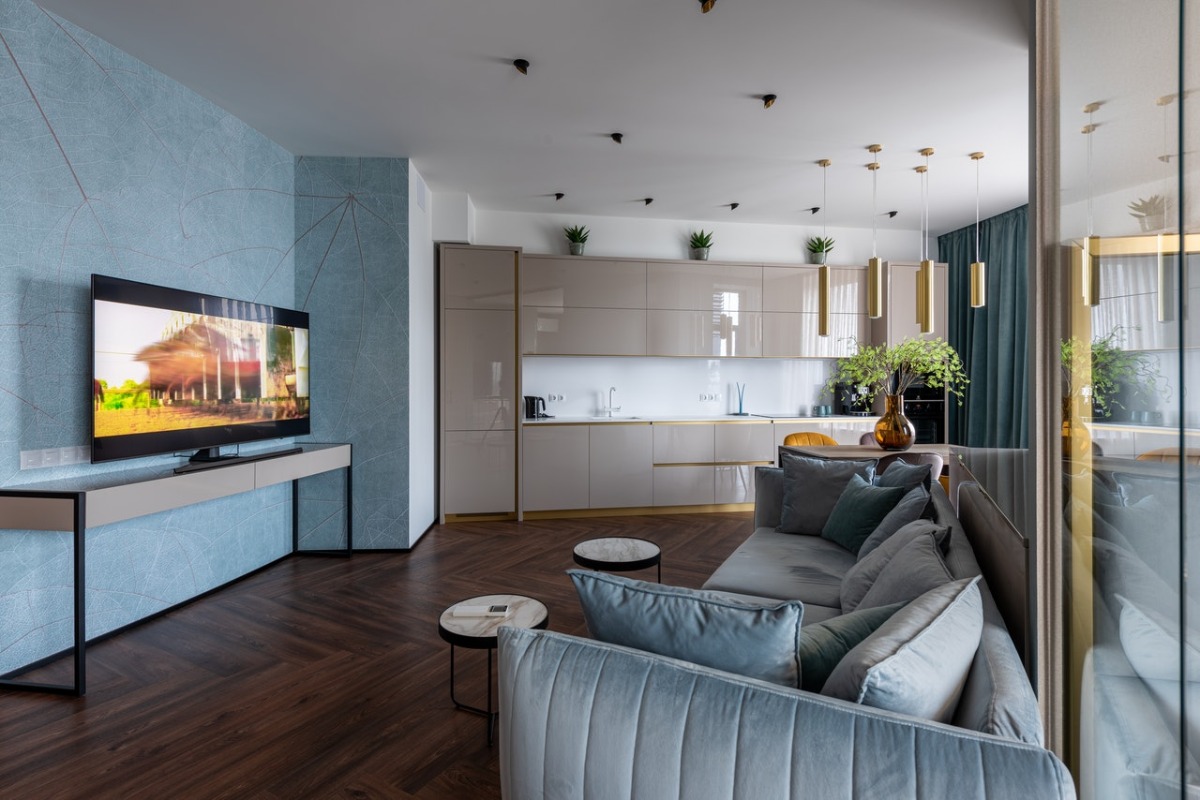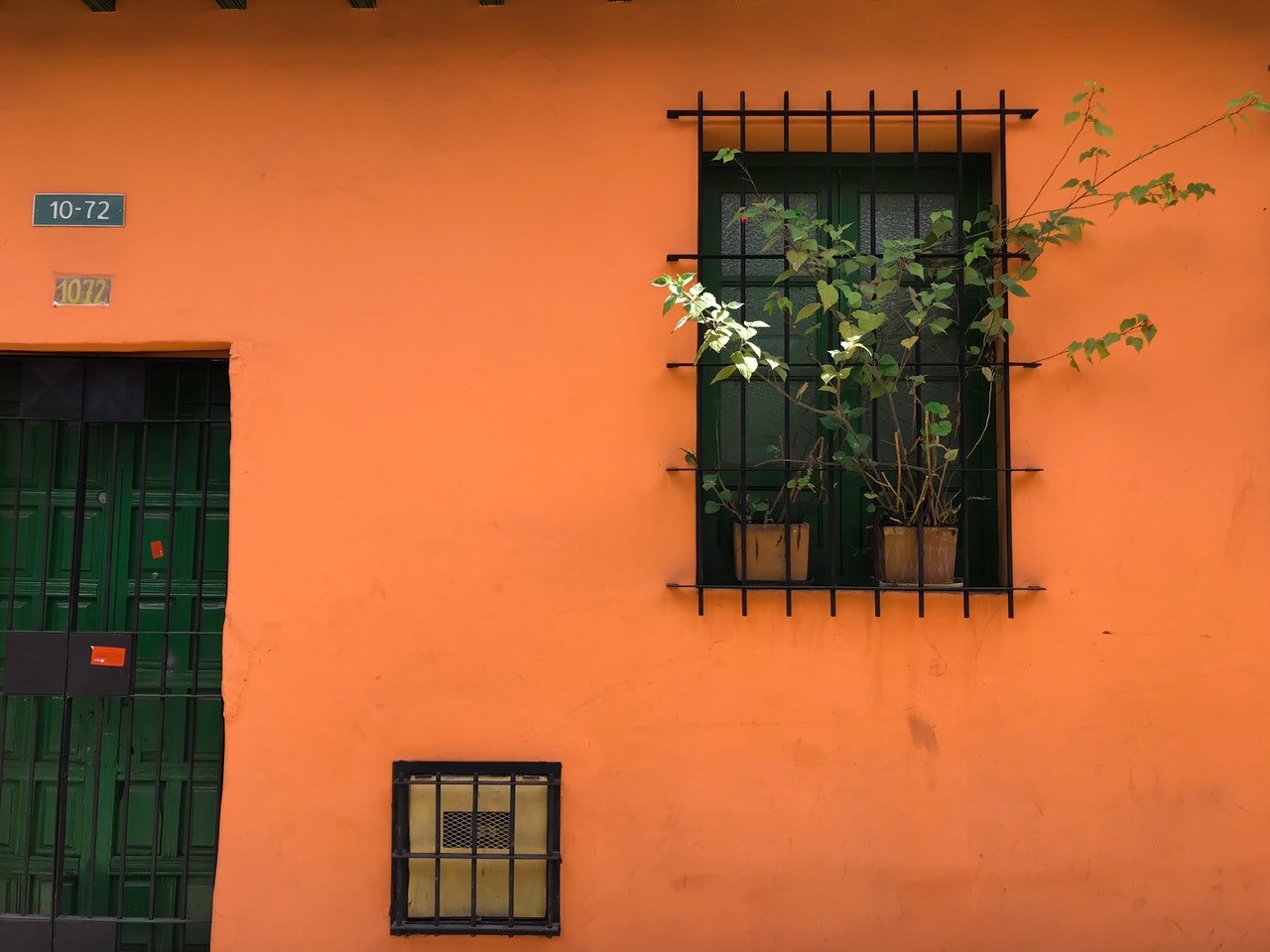There is something about homes that allows us to feel at peace with our surroundings and ease ourselves. Of course, people have a basic need for shelter, but along comes desire, comfort, aesthetics, and a sense of connection with others in our immediate vicinity and outside our borders. Many of us have distinct ideas about our taste, yet much of our thoughts and feelings to décor are hard-wired in and intertwined with our desires for security and excitement.
While the rest of the world is still gripped by fear due to the pandemic and its emerging variants, our inner spaces are all that stand between us and catastrophe, making it a vital part of our lives.
The psychology of homes
Children frequently depict homes in drawings with steep rooftops, wide-open windows, and some trees and flowers. Experts claim that the patterns we create on paper reflect our thoughts to better understand our ideas, relationships, security, and even intelligence.
When looking for a place to live, searching for a space representing an individual’s sanctuary and individuality sets a person apart from the world. While people sought beauty in architectural construction, several additional factors drive us to perceive buildings and items as either appealing or repulsive.
Sometimes, our ideas fail because our happiness is based chiefly on a fragile thread of trends and what’s popular in the market. We shouldn’t limit ourselves to having our seats look appealing to our guests and look pleasant to look at. It should also provide us comfort and give us the impression that we are protected as if we were still fighting off primordial anxieties of being attacked by a predator, as our ancestors did.
We need to choose doors with elements that help us identify the boundary between our private and public lives and gives us the feeling of relief as we approach or leave our property.
Creating your happy space

Many of us have become increasingly concerned about the value of being comfortable in our skin when we are in our space. But happiness is not just about being connected to ourselves and others. According to analysis, the natural environment’s aspects or simply memories influence our physical and mental health.
More commonly known as ‘biophilia,’ a term coined by Harvard biologist and conservationist E.O. Wilson, the concept refers to and describes how we require and seek comfort with nature and is centered on the inclusion of natural sunlight, free-flowing air, organic materials, vegetation, and wildlife, into homes and workplaces.
Experimenting with light and colors
An understanding of the ever-changing and moving aspects of nature is reflected in the design of a home. For example, since the goal is to help our bodies adapt to our surroundings, we could add more light to the decor to replicate the shifting patterns of sunshine throughout the day, which substantially influences our circadian cycles and overall well-being.
Using a creative blend of lighting that includes bulbs, lamps, organic candles, and sconces, you can adjust the illumination to suit any vibe, mood, or time of day. Naturally, we also require darkness and warmth in addition to brilliant light; therefore, there should also be sections of your home that are more intimate and softly lit.
Light also has a powerful connection with hues and colors, especially when incorporating it with your home’s interior paintings, decorations, and pieces of furniture. The color that you choose for your home can influence your attitudes, mood, and ideas. It may even have a range of impacts on us depending on our gender, age, ethnicity, and environment.

So, although it is interesting to research how individuals react to colors and various hues, we appear to have linked some shades to some concepts and common reactions; therefore, it is crucial to pick colors that speak to you and carefully enhance it how you want it to for your home. For instance, according to the psychology of colors, red was seen as attractive and can stimulate passion, love, and power; orange promotes enthusiasm and excitement; yellow captures the happiness of sunshine, and blue for a more soothing and calmer surrounding.
Your wellness is a personal issue that each step needs careful planning and wise decisions. Thus, it is vital to explore how your home design concepts could affect it, primarily since it will serve as your safety shell for a long time. Every space component balances your home from the textiles and decorations and can create radically diverse emotions in each household member. It’s time to focus on the things that make us feel alive and benefit our mental and physical health rather than thinking of what others would think about our choices.